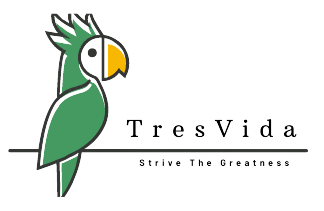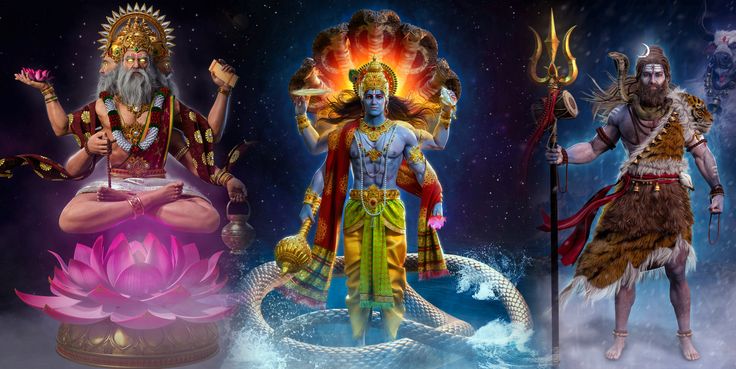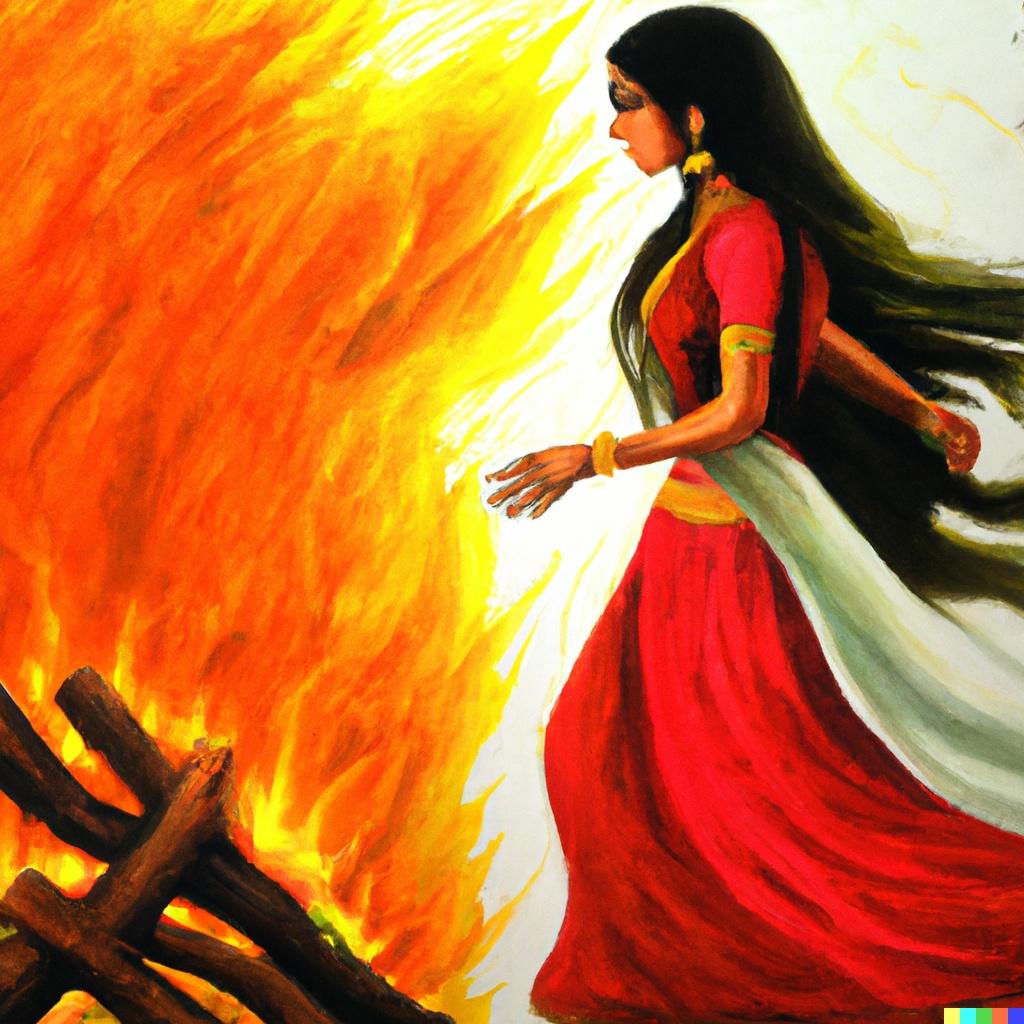Hindu mythology is rich with profound stories, symbolism, and wisdom, offering timeless guidance for living a balanced, righteous, and spiritually fulfilling life. At the heart of this vast and intricate system of beliefs is the concept of the Trimurti—a divine trinity representing the three cosmic functions of creation, preservation, and destruction. These three functions are personified by the deities Brahma, Vishnu, and Mahesh (Shiva).
In this blog post, we will explore the significance of Brahma, Vishnu, and Mahesh, their roles in the cosmic cycle, and how their teachings glorify Sanatan Dharma, the eternal way of life in Hinduism.

Trimurti
Brahma: The Creator
Brahma is the god responsible for the creation of the universe and all living beings. He is often depicted with four heads, symbolizing the four Vedas—Rigveda, Yajurveda, Samaveda, and Atharvaveda—which are considered the foundation of all knowledge. His four arms signify his omnipresence and omnipotence, while the lotus on which he sits represents purity and divine origin.
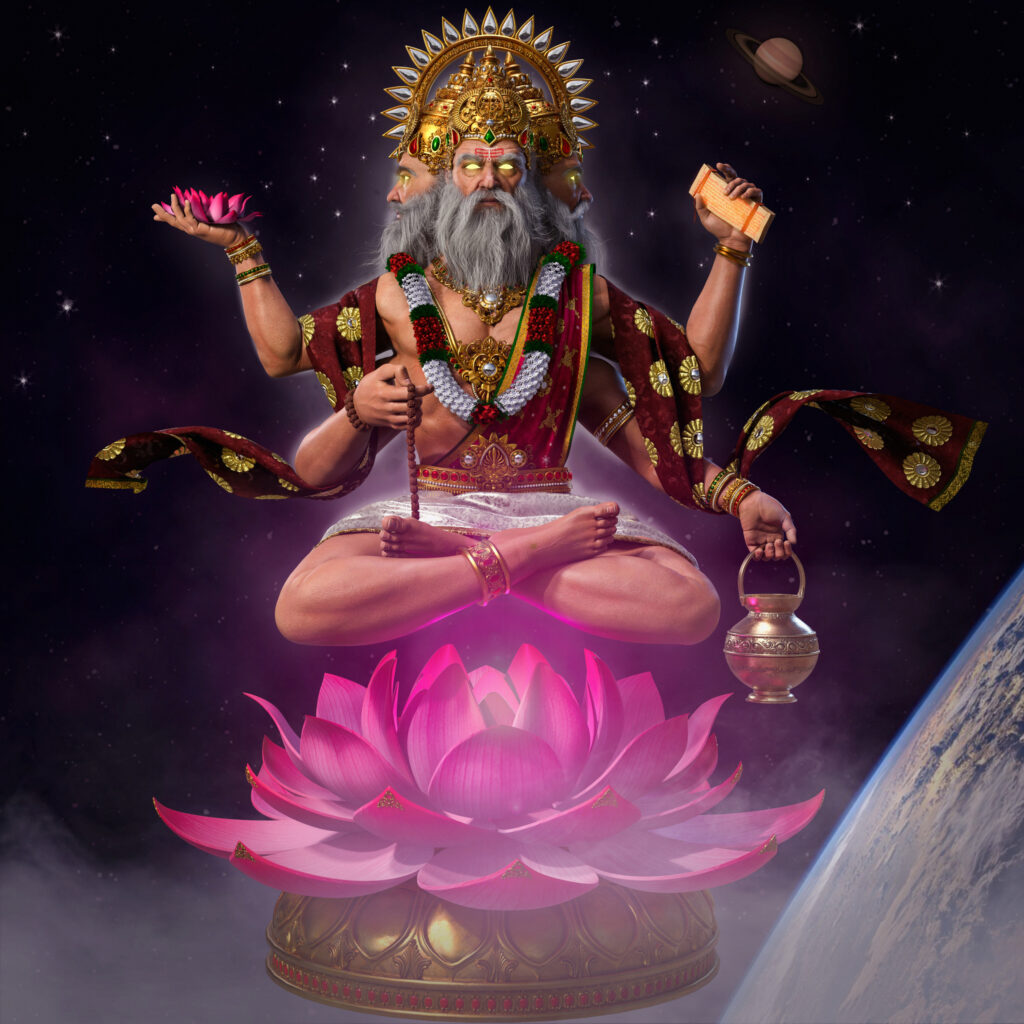
Role of Brahma in Hindu Mythology
Brahma’s role is to bring the universe into existence from the primordial waters of chaos. According to Hindu cosmology, the universe operates in cycles of creation and destruction, known as Kalpas. At the beginning of each Kalpa, Brahma awakens and begins the process of creation, bringing life to the cosmos.
Brahma’s Symbolism in Sanatan Dharma
Brahma’s creation is not just physical but also metaphysical, representing the birth of ideas, thoughts, and wisdom. This resonates with the fundamental teaching of Sanatan Dharma—knowledge and self-awareness are the true beginnings of any creation.
Vishnu: The Preserver
While Brahma creates, it is Vishnu, the preserver and sustainer, who maintains the balance of the universe. Vishnu is often depicted as resting on the cosmic serpent Shesha, floating on the milky ocean, signifying his role in maintaining order and harmony in the cosmos. He is known for his ten avatars (incarnations), among which Rama and Krishna are the most revered.
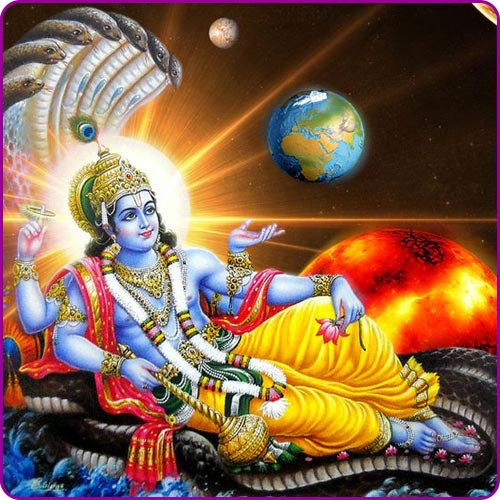
Role of Vishnu in Hindu Mythology
Vishnu’s role is to restore balance whenever the universe is threatened by evil or chaos. His avatars descend to earth in times of crisis to uphold Dharma (righteousness) and protect the good. The most well-known of these is Krishna, whose teachings in the Bhagavad Gita continue to guide millions on the path of righteousness and devotion.
Vishnu’s Symbolism in Sanatan Dharma
Vishnu represents the eternal protector of Dharma, teaching us that preserving truth, justice, and harmony is essential for the well-being of all. His numerous incarnations are a reminder that in times of moral decline, divine intervention restores balance, ensuring the victory of good over evil.
Mahesh (Shiva): The Destroyer
Mahesh, also known as Shiva, completes the trinity as the god of destruction and transformation. However, Shiva’s destruction is not to be feared—it is essential for rebirth and regeneration. He is often portrayed in deep meditation on Mount Kailash, with a serpent around his neck and the holy river Ganga flowing from his hair.
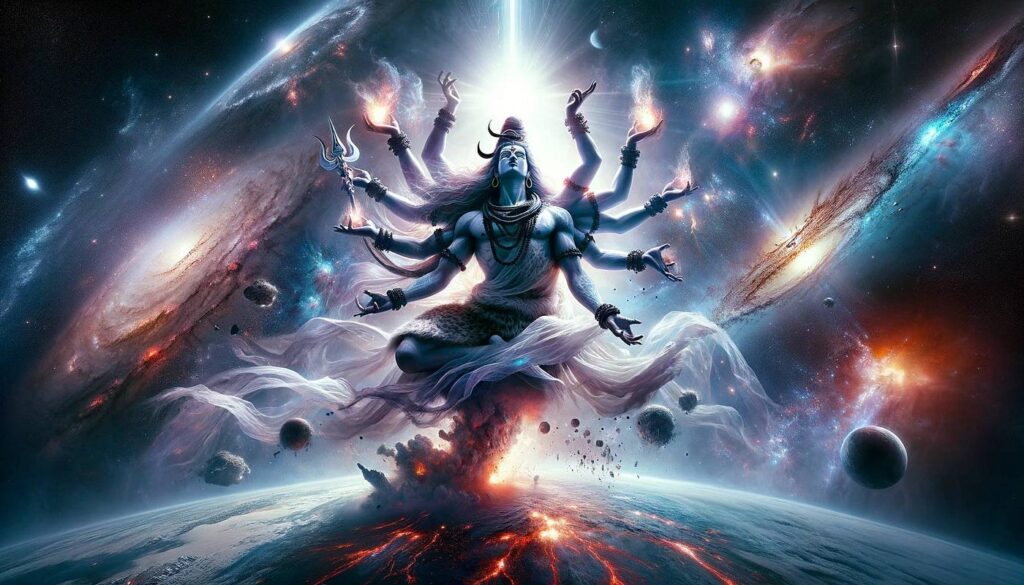
Role of Shiva in Hindu Mythology
Shiva’s role is to dissolve the universe at the end of each cosmic cycle, allowing for its rebirth. He is known as the Lord of Time, symbolizing the impermanence of all things. Destruction is not negative in Hindu thought; it is a necessary precursor to creation. Through Shiva’s dance, the Tandava, the universe is both created and destroyed.
Shiva’s Symbolism in Sanatan Dharma
Shiva’s role emphasizes the inevitability of change and the importance of letting go. His teachings inspire individuals to embrace the cycle of life and death, understand the impermanence of the material world, and focus on spiritual evolution. His presence in the heart of Sanatan Dharma reminds us of the power of transformation and the potential for spiritual awakening.
The Trimurti: Cosmic Balance in Sanatan Dharma
Brahma, Vishnu, and Mahesh are not three separate deities but rather three aspects of the same divine force that governs the universe. Together, they embody the cycle of creation, preservation, and destruction, reflecting the natural rhythms of existence. This cycle is not only external but also internal, influencing the way we live our lives.
In Sanatan Dharma, the Trimurti teaches us to:
– Create positive change through knowledge and awareness (Brahma).
– Preserve goodness and righteousness through selfless action (Vishnu).
– Transform by letting go of attachment and embracing the impermanence of life (Shiva).
These three divine forces together guide individuals on their spiritual journey, ensuring that life follows the cosmic laws of Dharma.
Glorifying Sanatan Dharma Through the Trimurti
The concept of the Trimurti—Brahma, Vishnu, and Mahesh—offers profound insights into the cosmic and spiritual balance that governs the universe. Through their distinct roles, they remind us of the eternal truths of creation, preservation, and transformation. This trinity, deeply rooted in Sanatan Dharma, emphasizes that life is a cycle of beginnings and endings, and spiritual growth is attained by embracing each phase with wisdom and devotion.
As we delve deeper into the teachings of these deities, we find that Hinduism, or Sanatan Dharma, is not just a religion but a timeless philosophy that offers guidance on how to live a meaningful and harmonious life. By understanding the roles of Brahma, Vishnu, and Mahesh, we can align ourselves with the cosmic order, achieve balance, and realize the ultimate truth—Moksha or liberation.
